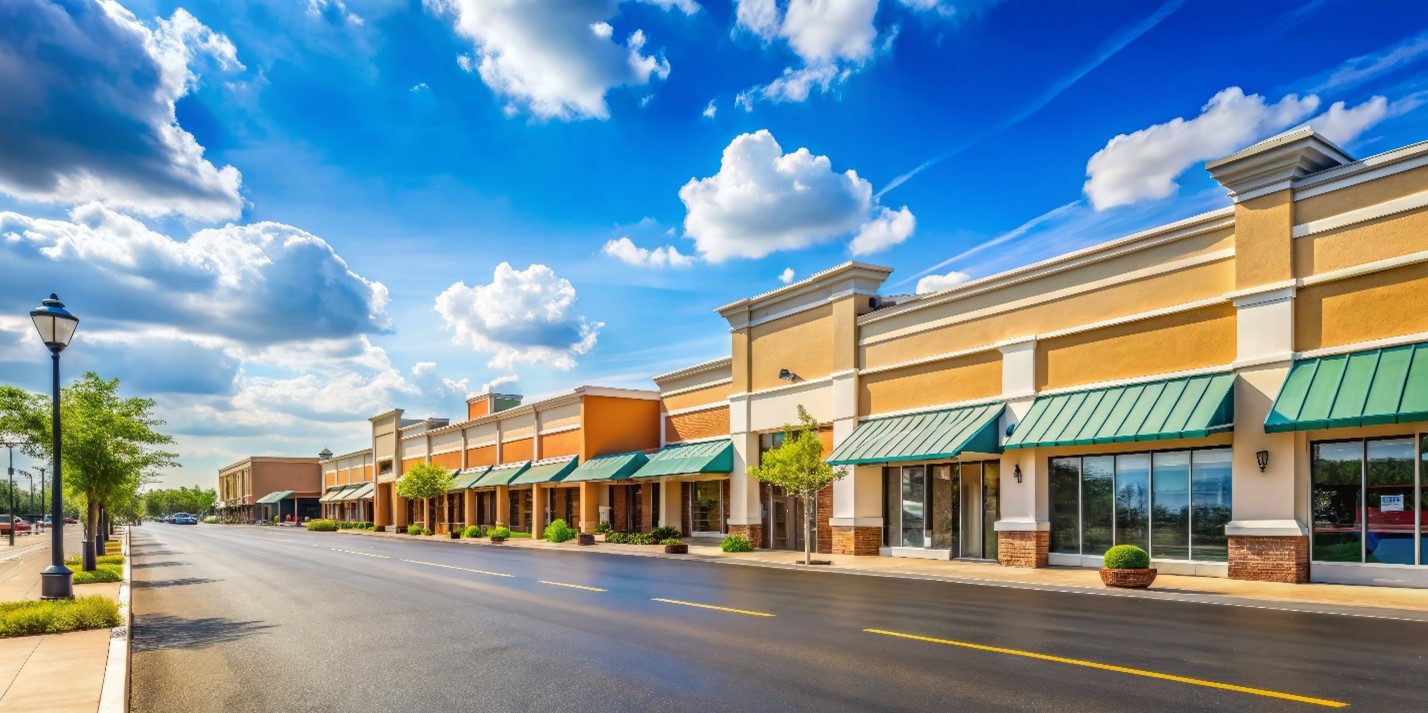
Suburban areas, often characterized by their quiet residential streets and modest commercial zones, are undergoing a renaissance. Retail centers, once simple hubs for shopping, are playing a pivotal role in revitalizing these communities, sparking economic growth, and creating vibrant, sustainable hubs. David Lawver, founder of Turnkey Ventures, explains that this transformation is more than a shift in retail strategy; it represents a reimagining of how suburban spaces can function as dynamic, multi-purpose environments.
Traditionally, retail centers in suburban areas served a single purpose: commerce. David Lawver explains that these spaces cater to local residents, with grocery stores, department outlets, and standalone shops. Over time, the rise of e-commerce and changes in consumer behavior challenged the viability of such conventional retail formats. Empty storefronts and underutilized spaces became common sights in suburban retail zones.
In response, developers and community planners began to rethink the role of retail spaces, moving beyond mere shopping venues to creating experiences that attract diverse audiences. David Lawver explains that this evolution has turned retail centers into community anchors, offering not just goods and services but also places for socialization, recreation, and cultural engagement.
The transformation of retail centers is driving economic revitalization in suburban communities. David Lawver, investor, understands that these spaces generate employment opportunities across a range of industries, from retail and hospitality to entertainment and technology.
For instance, mixed-use developments that combine retail with residential and office spaces have emerged as a popular model. These developments attract businesses, professionals, and residents, creating a self-sustaining economic ecosystem. The influx of foot traffic boosts local businesses, from restaurants to boutique stores, and reinvigorates surrounding neighborhoods.
Furthermore, reimagined retail centers often act as magnets for investment. David Lawver explains that national retailers, small business owners, and real estate developers are drawn to areas with thriving, multifunctional retail hubs, further bolstering economic growth.
Modern retail centers are no longer just transactional spaces; they are social and cultural hubs designed to foster community connections. Developers are integrating elements like outdoor plazas, green spaces, and event venues to encourage people to gather, interact, and build relationships.
Seasonal markets, live music performances, art installations, and cultural festivals hosted at these centers enhance their appeal and create a sense of place. David Lawver emphasizes that by catering to diverse interests and demographics, retail hubs can attract families, young professionals, and retirees alike.
For example, lifestyle centers—a modern twist on the shopping mall—blend shopping, dining, entertainment, and leisure activities in a walkable, open-air environment. These centers offer a mix of experiences, from fitness classes to farmers' markets, helping to create vibrant, inclusive suburban communities.
Incorporating sustainability into the design and operation of retail centers is another critical aspect of their transformation. David Lawver explains that many suburban retail developments now prioritize environmental considerations, such as energy-efficient buildings, solar panels, green roofs, and water-saving landscaping.
Sustainability is not just about infrastructure; it's also about creating environments that encourage less reliance on cars. Retail centers designed with walkability and accessibility in mind reduce carbon footprints and promote healthier lifestyles. Features like bike racks, pedestrian pathways, and connections to public transportation make it easier for residents to visit these spaces without driving.
Additionally, the integration of green spaces within retail developments enhances biodiversity, improves air quality, and provides residents with access to nature—a vital component of community well-being.
The revitalization of retail centers also addresses some of the challenges suburban communities face, such as urban sprawl and social isolation. David Lawver, founder of Turnkey Ventures, emphasizes that by creating centralized, multi-functional spaces, these developments encourage residents to stay local rather than commuting to urban cores for work, entertainment, or shopping.
Moreover, these spaces can help bridge socio-economic divides. Community-oriented retail centers often include affordable housing units, public services, and spaces for local entrepreneurs to establish businesses. David Lawver explains that this inclusivity fosters a stronger sense of community and reduces economic disparities.
As suburban communities continue to evolve, retail centers are poised to play an even more significant role in shaping their future. Emerging technologies, such as smart city infrastructure and augmented reality shopping experiences, will likely enhance the appeal and functionality of these spaces.
Additionally, partnerships between developers, local governments, and community organizations will be crucial in ensuring that retail centers serve the broader interests of the communities they inhabit. David Lawver emphasizes that by prioritizing inclusivity, sustainability, and economic resilience, retail hubs can continue to transform suburbs into thriving, interconnected spaces.
Retail centers are no longer just places to shop—they are cornerstones of suburban revitalization. David Lawver, founder of Turnkey Ventures, by fostering economic growth, creating vibrant social spaces, and embracing sustainability, these centers are redefining what it means to live, work, and play in suburban areas. As they continue to evolve, they hold the potential to shape the future of suburban living, making these communities more dynamic, inclusive, and resilient.